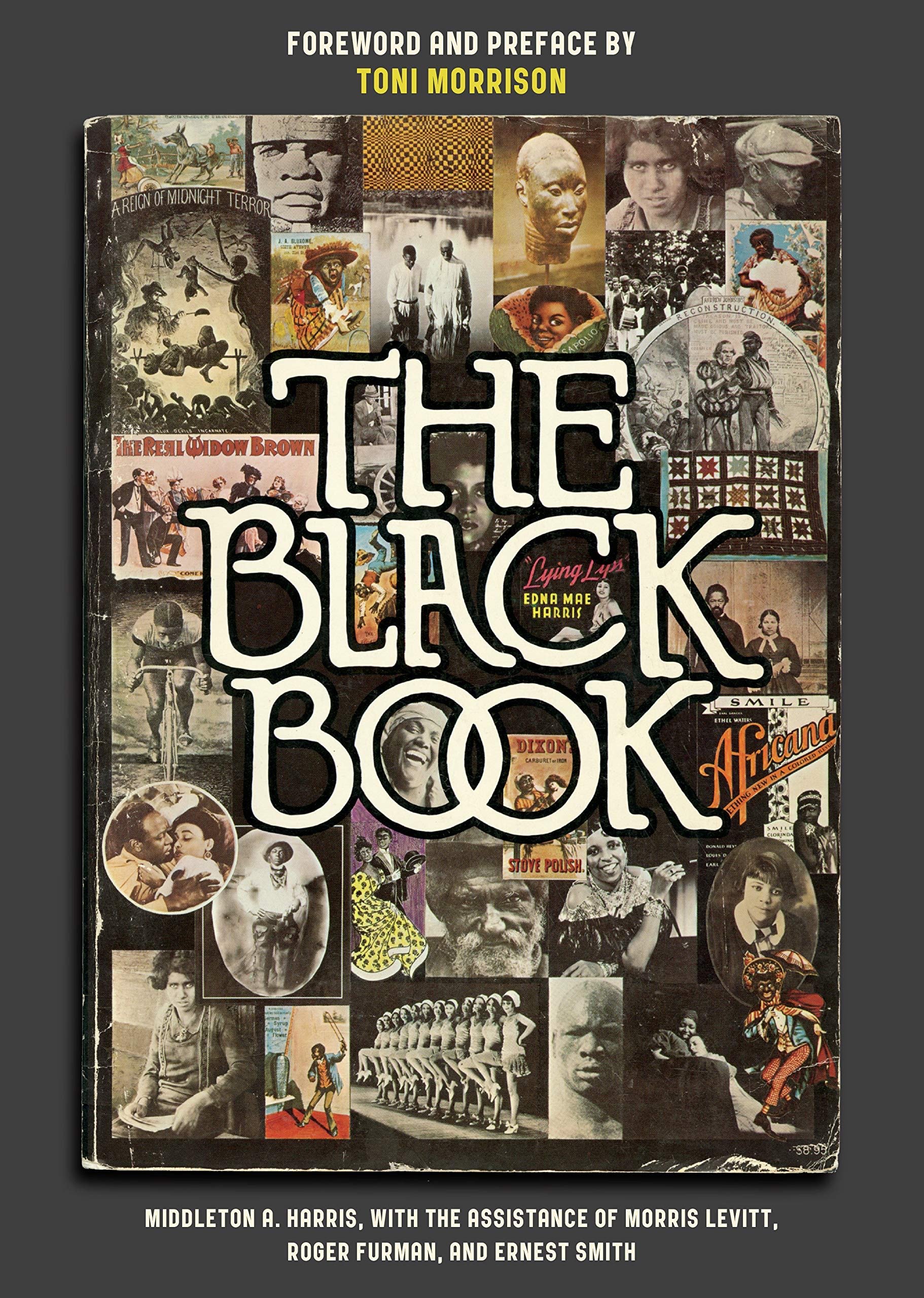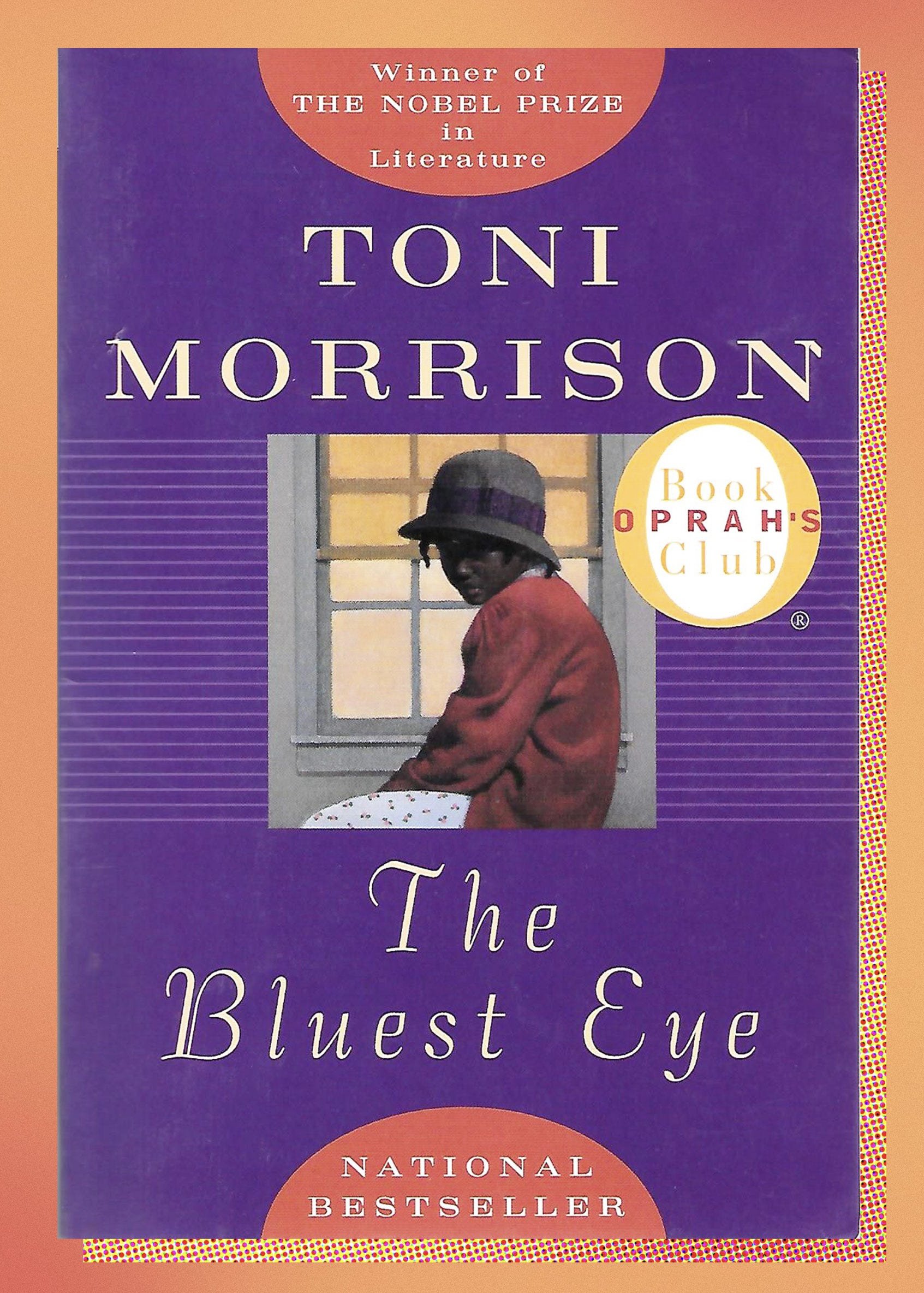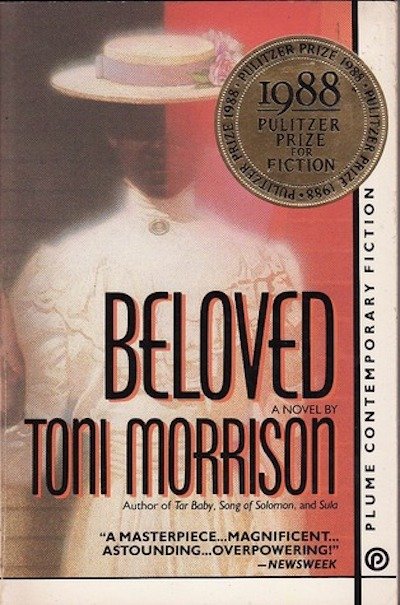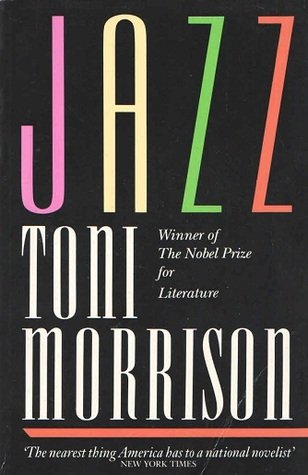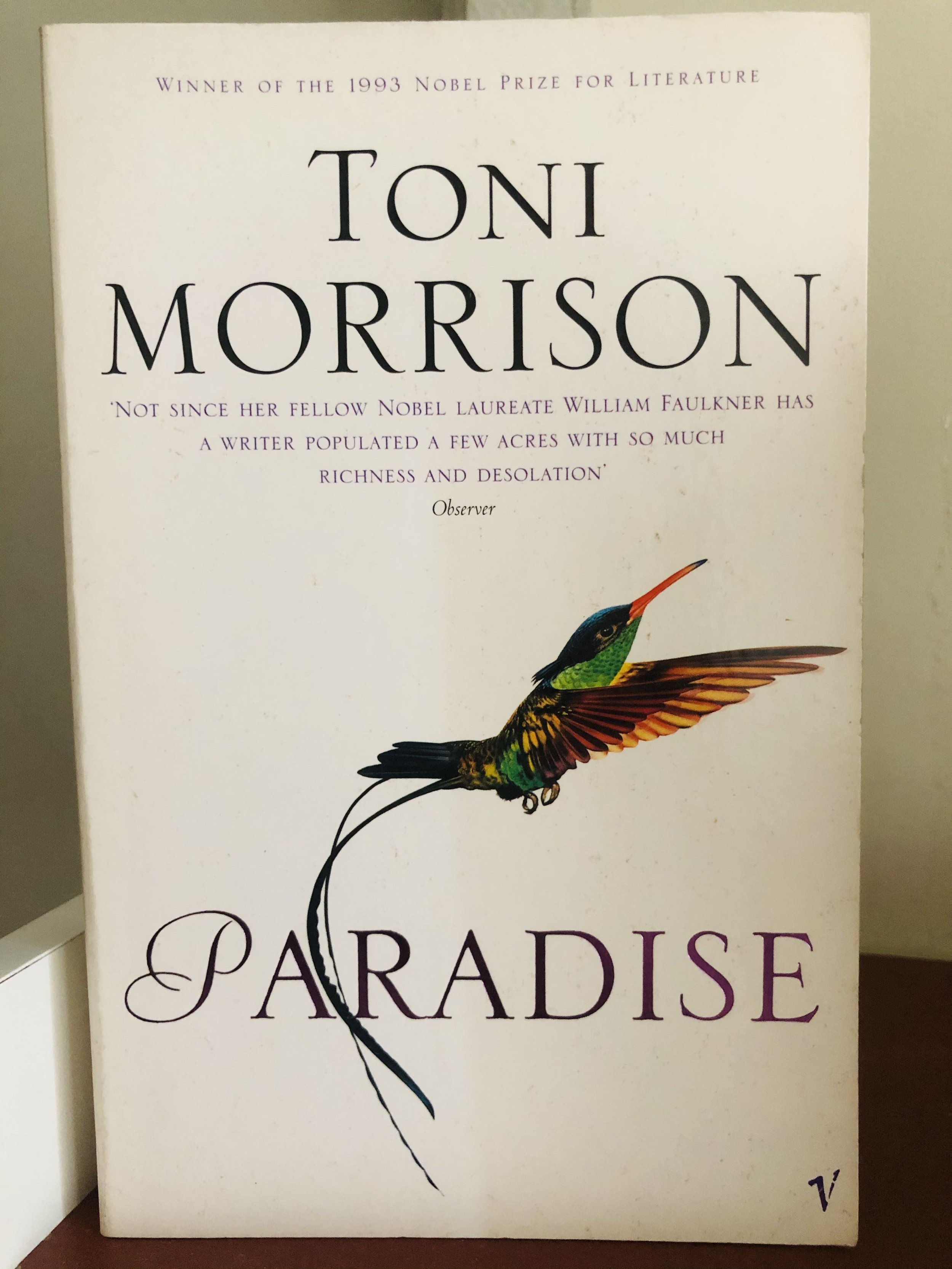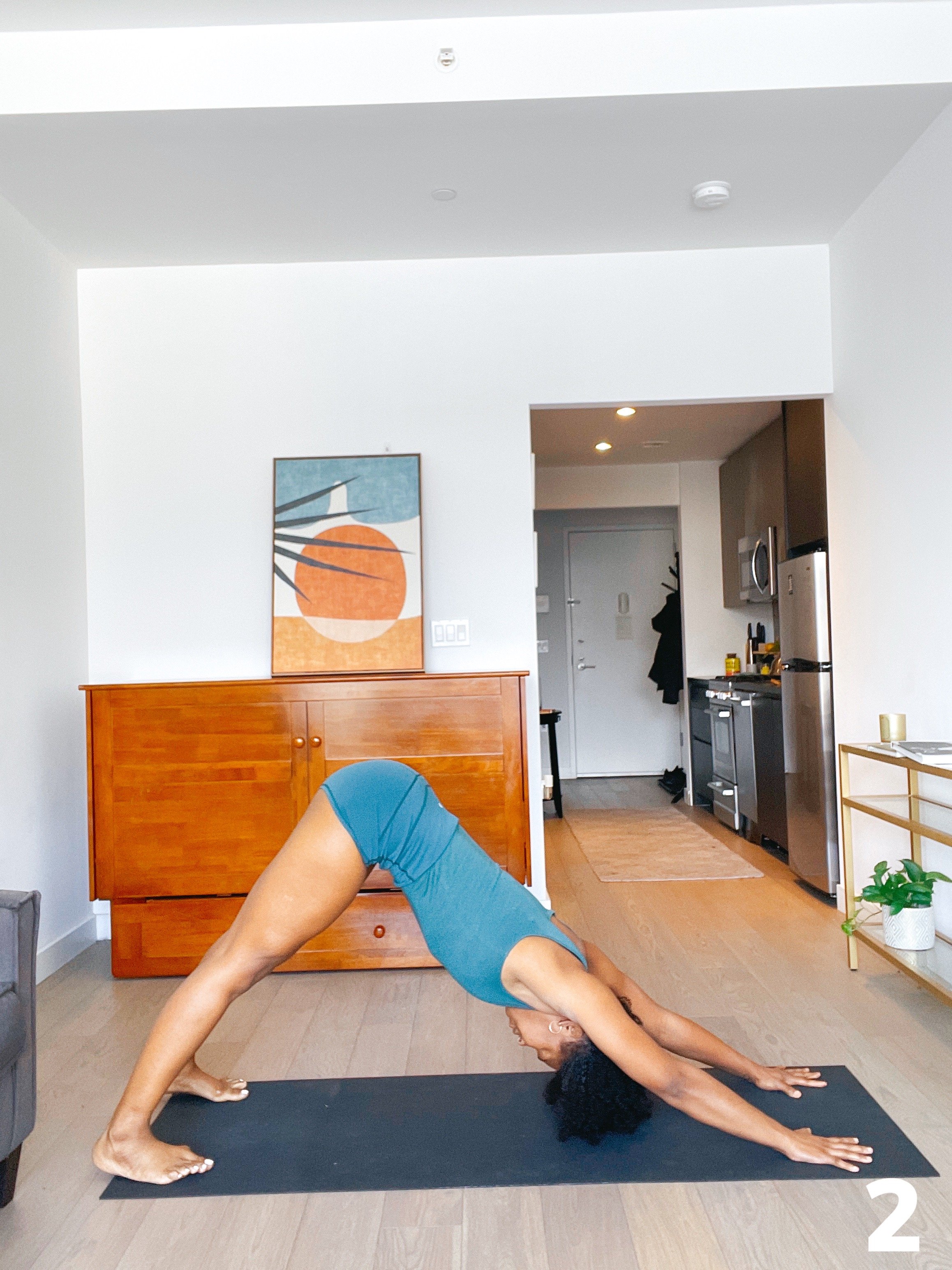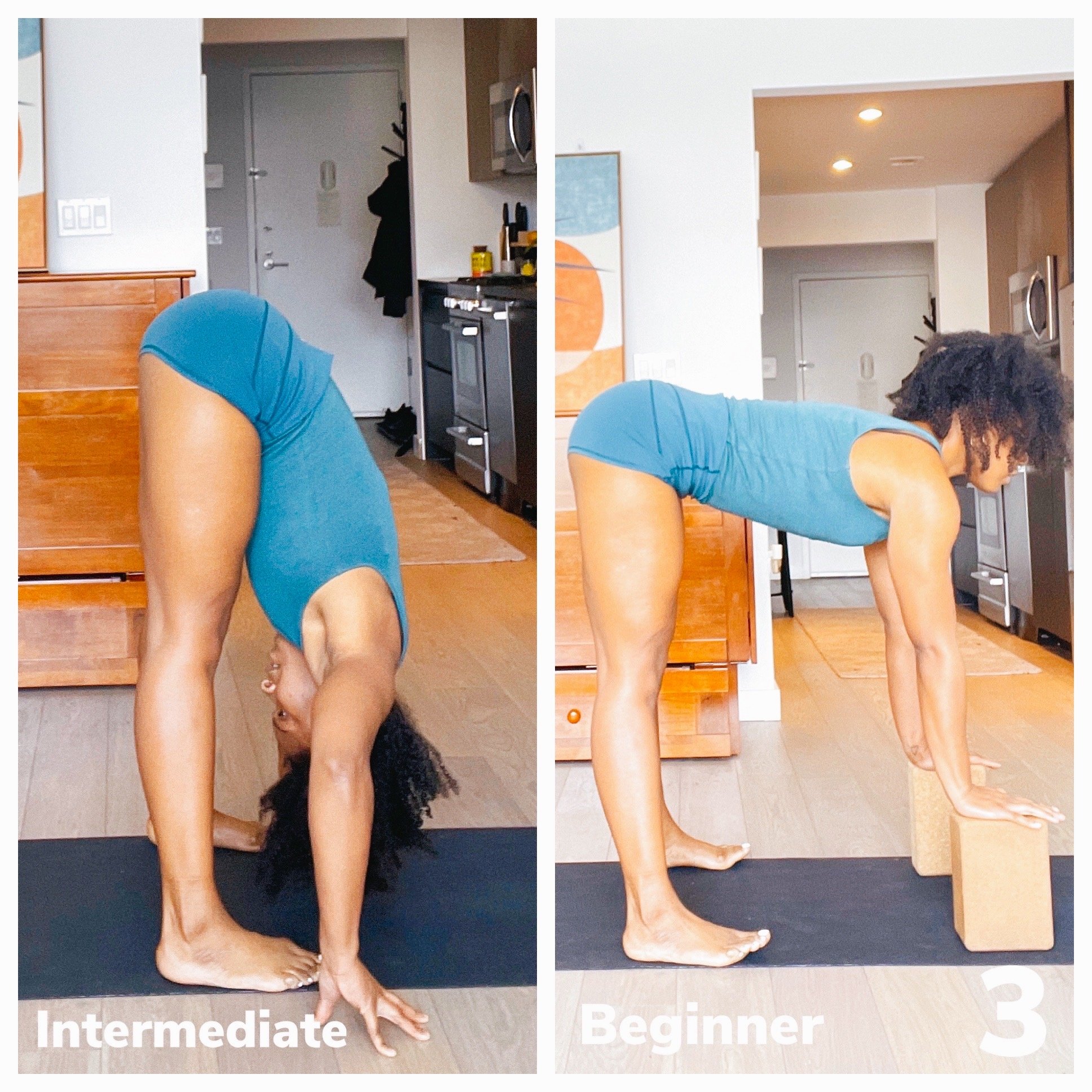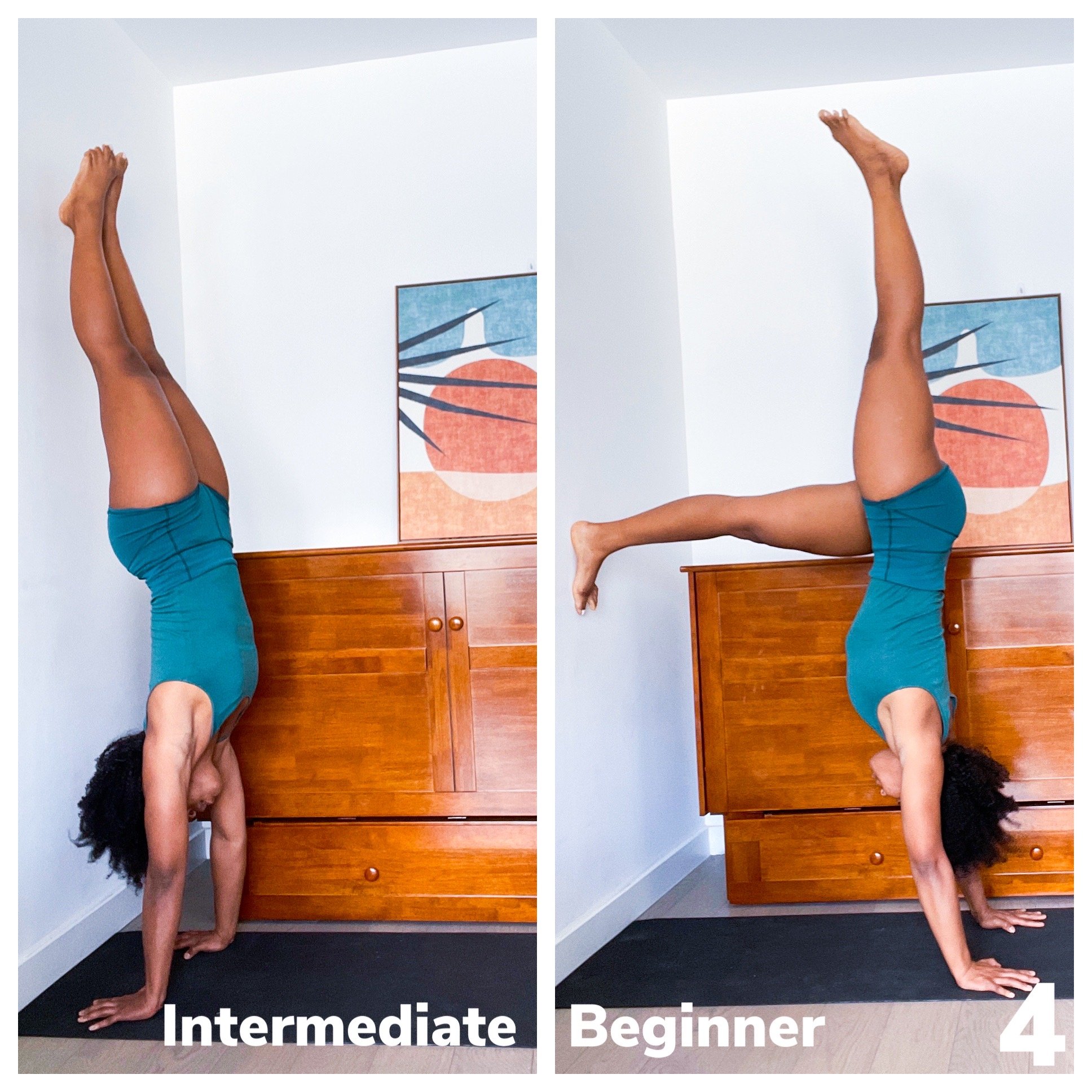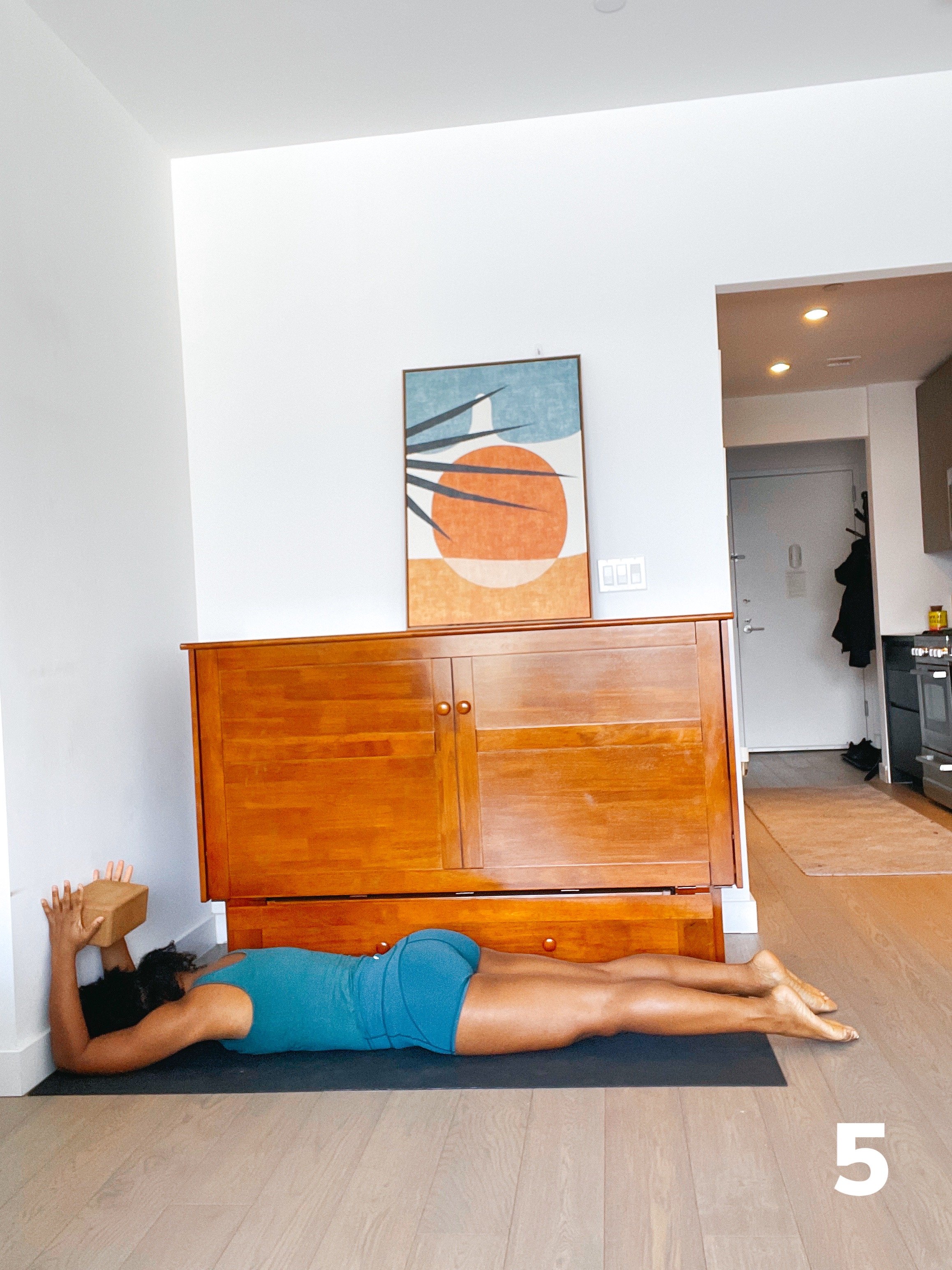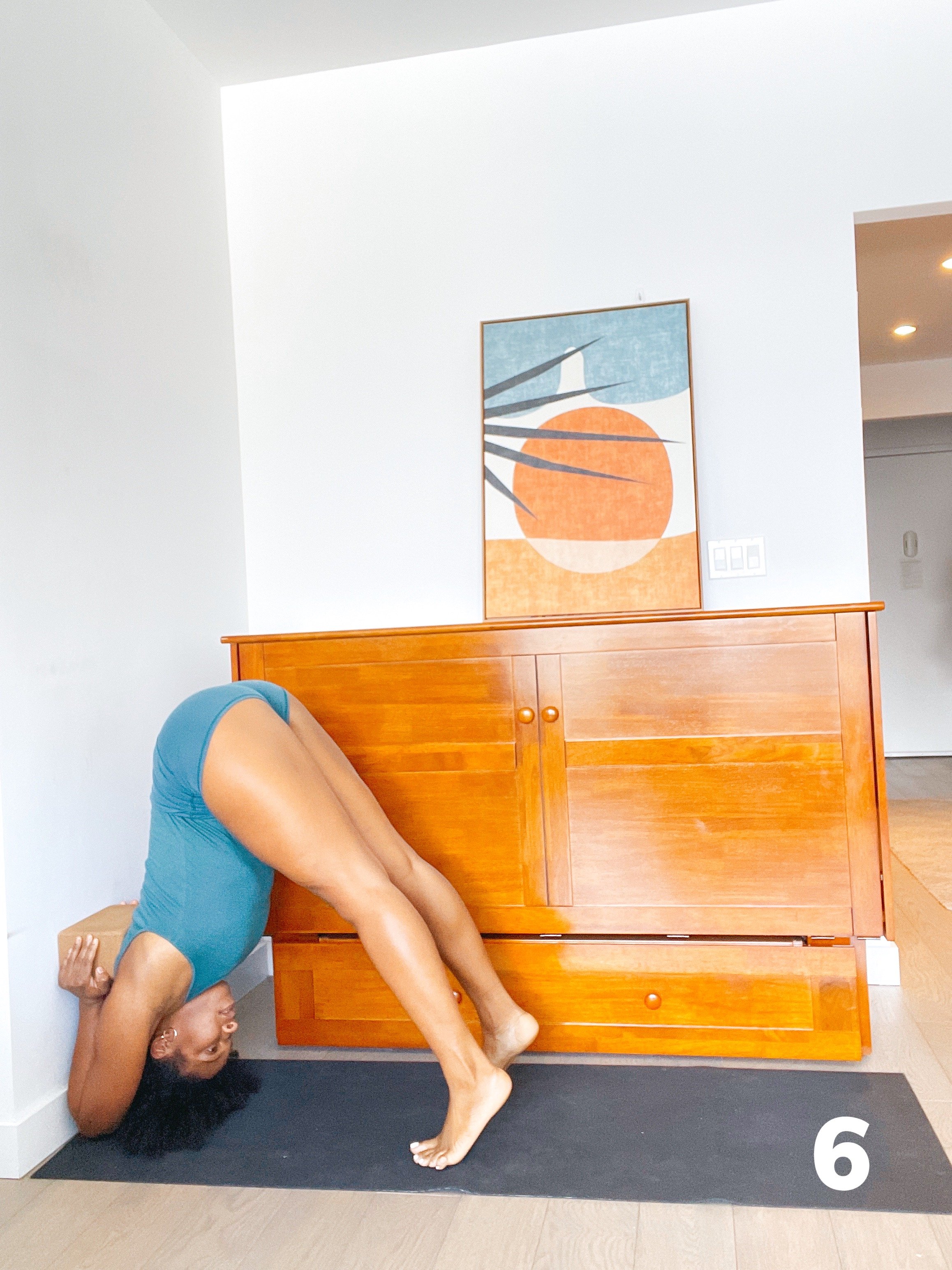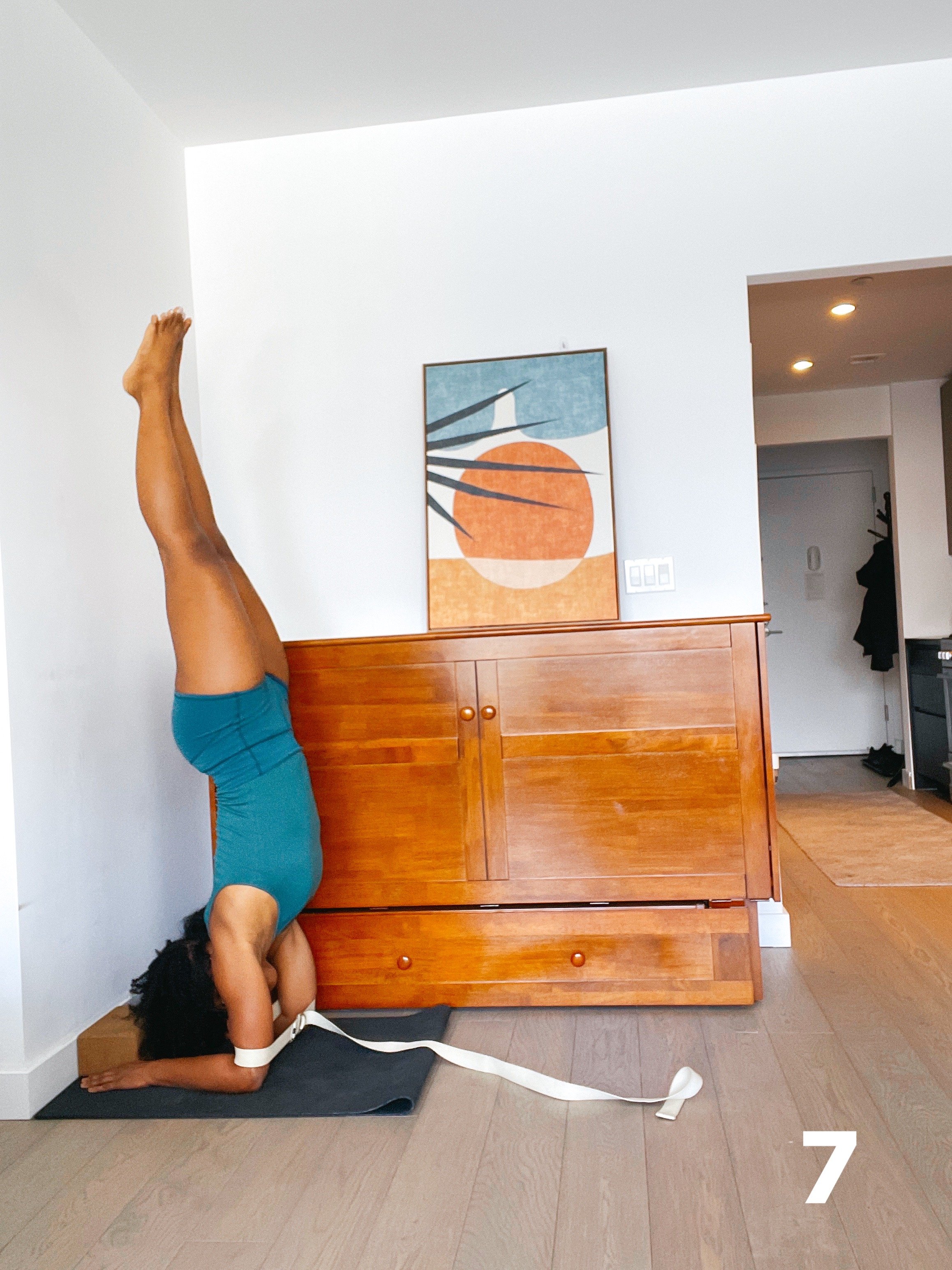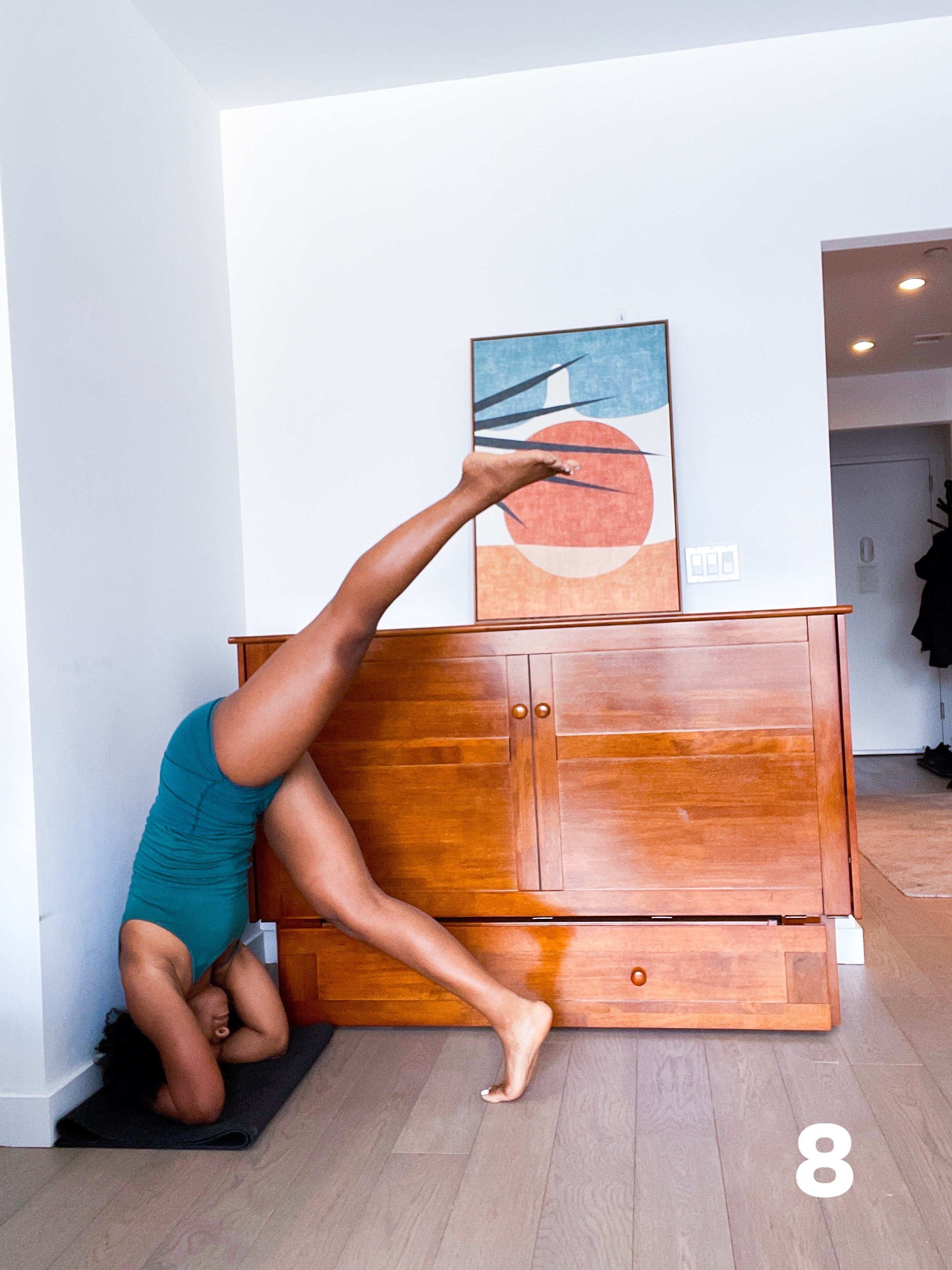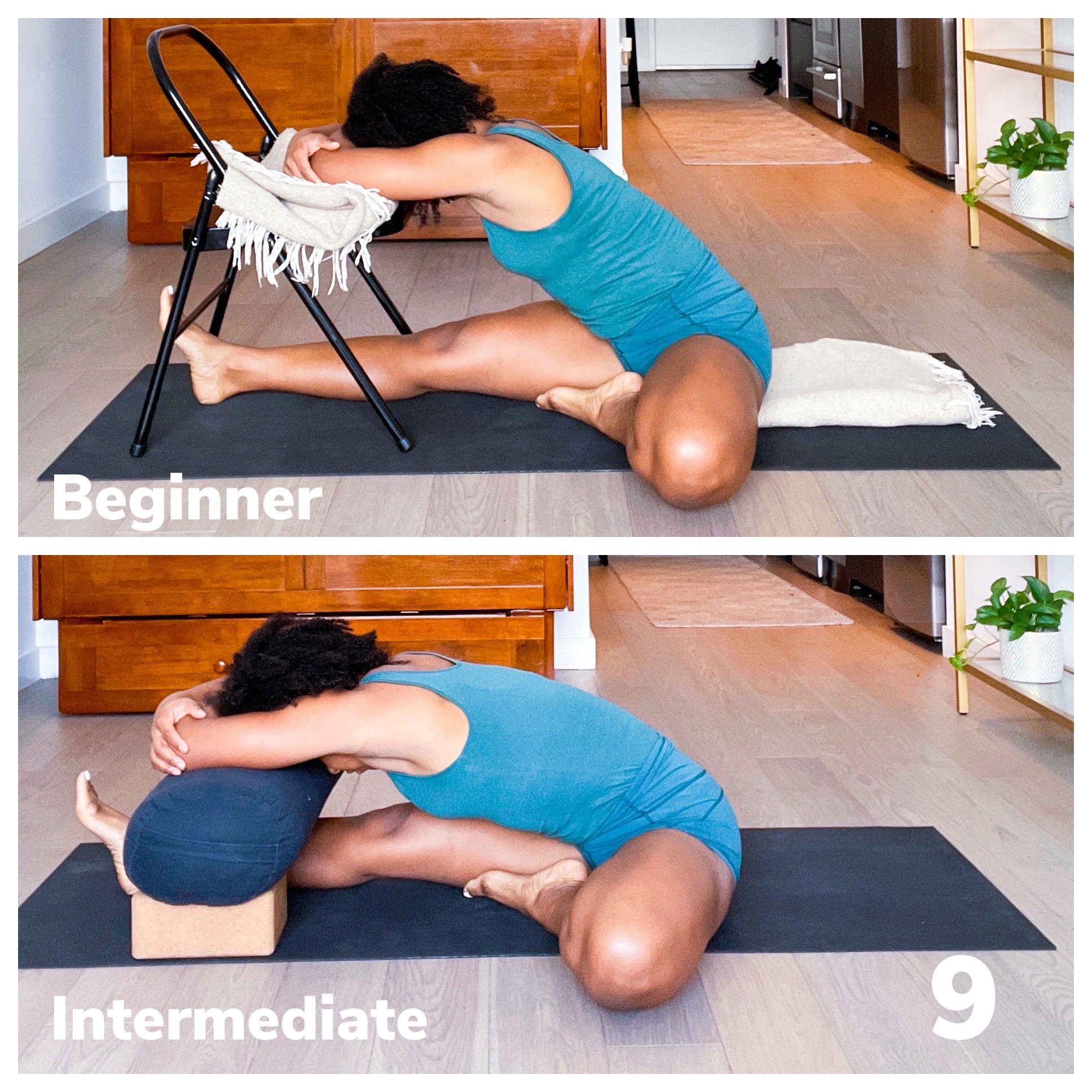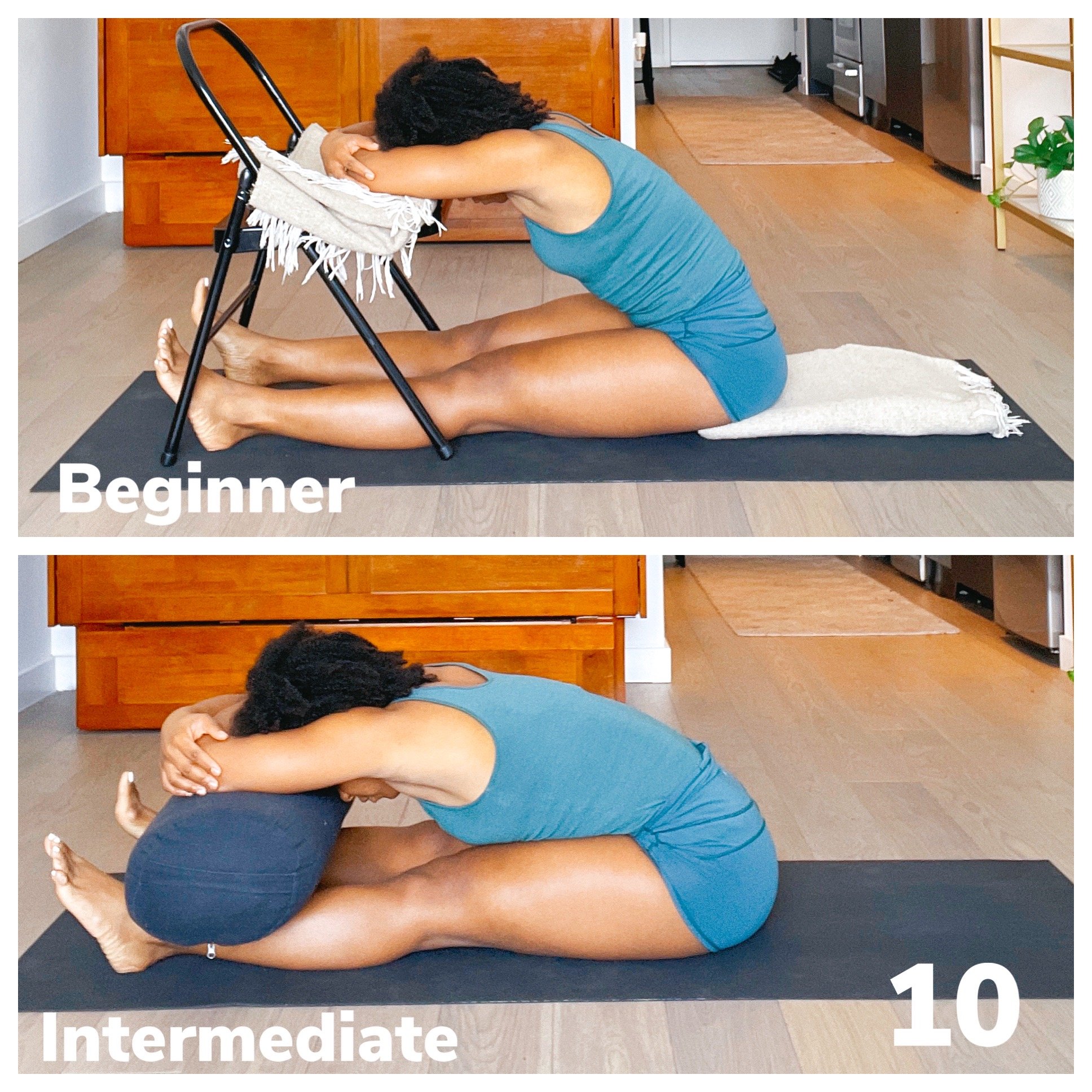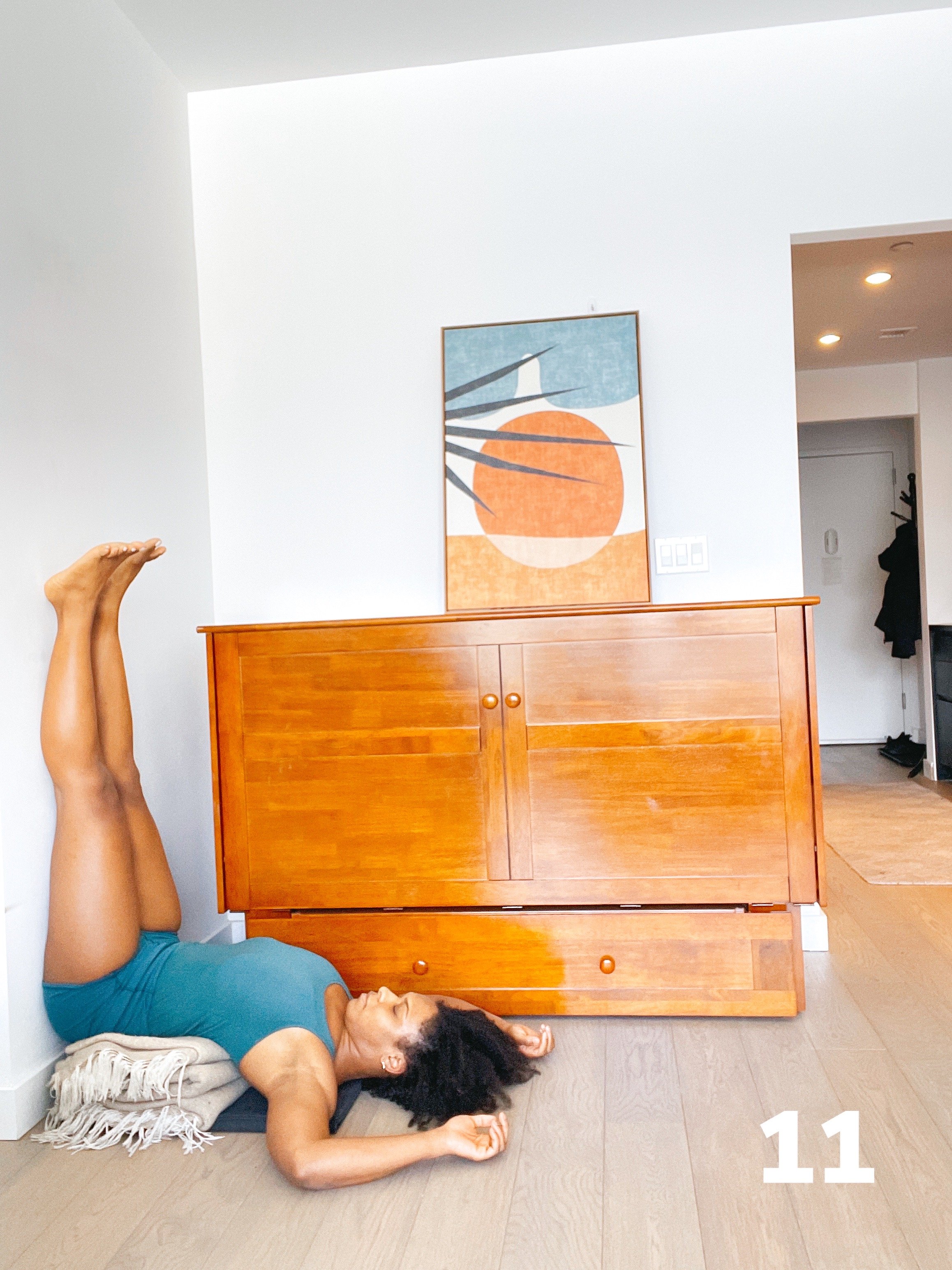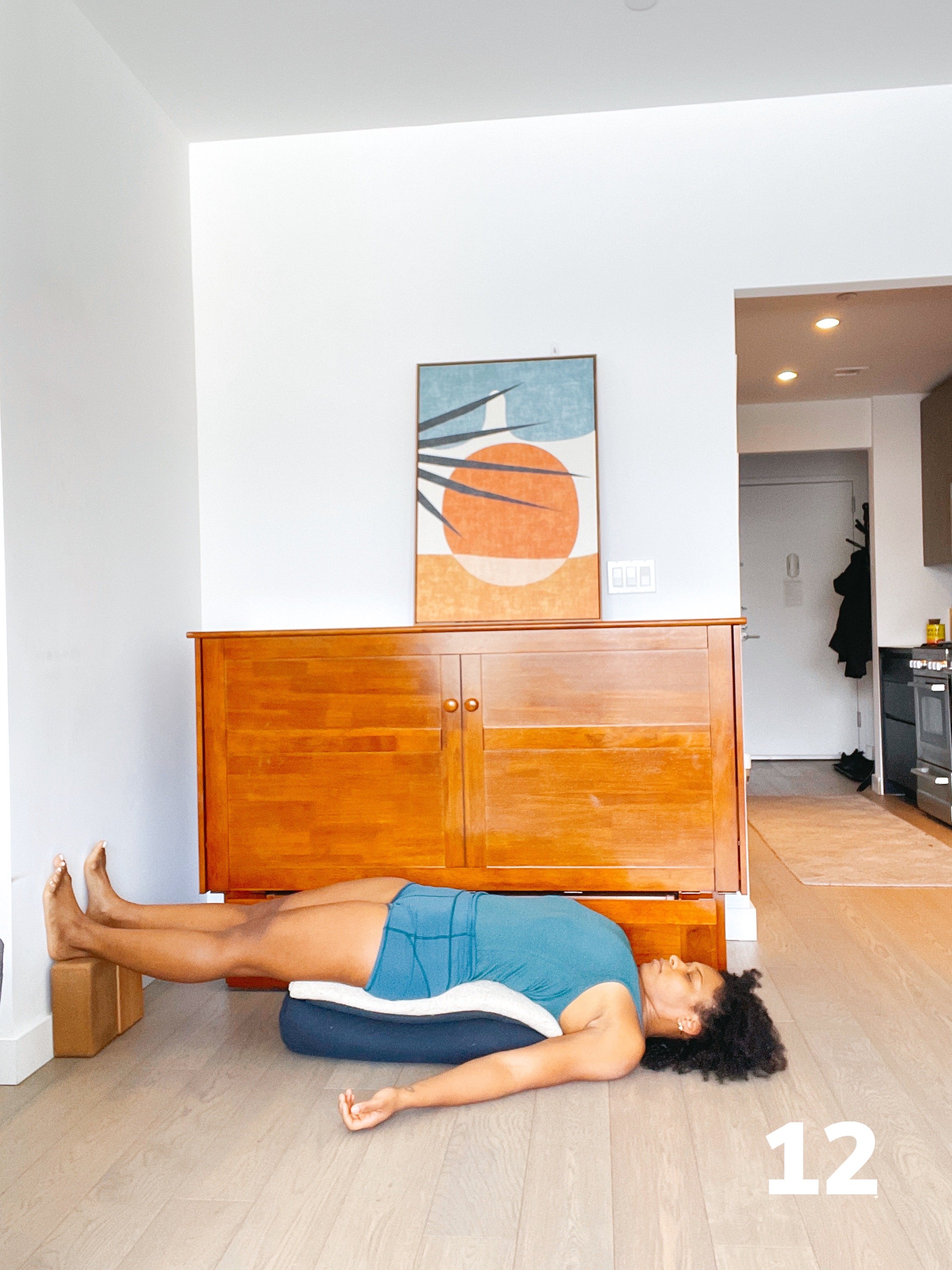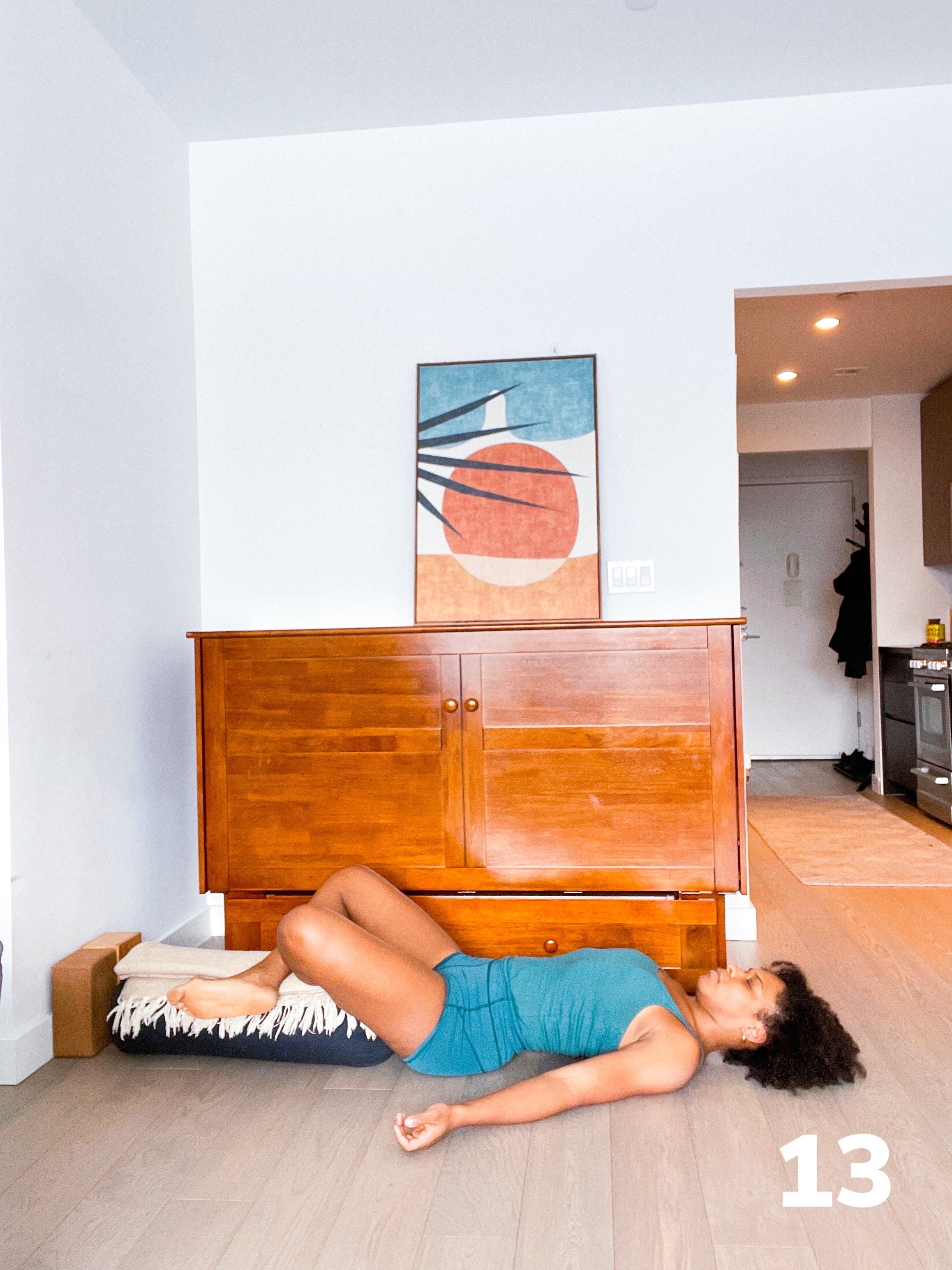Fly.
“You wanna fly, you got to give up the shit that weighs you down”
- Toni Morrison
Toni Morrison was born Chloe Ardelia Wofford on February 18, 1931 in Lorain, Ohio. Ms. Morrison spoke of her childhood, growing up poor, and learning to read when she was 3 years old. As she put it “poverty was not as shameful then as it is now. There was no pressure to get ahead, what you wanted was your family, your health and enough resources to get food and to pay the bills, and if that happened then you had your churches and your friends, and that was it.” She changed her name to Toni, which is her saints name because people were constantly mispronouncing her given name. Toni enrolled at Howard University in 1949 and studied English. She noticed that Black authors were not taught in any of her classes at Howard, so she decided to write about Black characters in Shakespeare’s plays. Her professor was so enraged that she eventually let it go, and wrote about something else. In 1953 Toni graduated from Howard with a B.A. in English, and she went on to earn a Masters Degree in American Literature from Cornell University in 1955.
“I am a believer in the power of knowledge and the ferocity of beauty, so from my point of view, your life is already artful— waiting, just waiting for you to make it art. ”
After divorcing her husband, Harold Morrison, Toni and her two small children moved in with her mother. Toni had a subscription to The New York Review of Books. One day three copies of the same issue was delivered to her mother’s house. She thought that was odd, but then she noticed the job postings on the back. One in particular was for an executive editing position at a publishing company in Syracuse, NY. She applied, and got the job. Two years later she transferred to Random House in New York City. At Random House Toni Morrison complied The Black Book, an anthology of sheet music, photographs, artwork, obituaries, illustrations, and documents of Black life. Toni was also responsible for bringing many Black voices to a predominately white industry. “She published some major books by writers such as Muhammad Ali, Angela Davis, Huey P. Newton— books of relevance and of moment that opened the doors for many a writer of color.”
“When you get these jobs that you have been so brilliantly trained for, just remember that your real job is that if you are free, you need to free somebody else. If you have some power, then your job is to empower somebody else.”
At age 39 Toni Morrison published her first book The Bluest Eye at Holt, Rinehart and Winston. She decided not to publish at Random House to avoid speculation of preferential treatment. Toni explains that with her first book she was writing the book that she wanted to read. Up until then every book about a young Black girl depicted us as props or jokes, and because of that no one took us serious. The inspiration behind The Bluest Eye came from a conversation she had with a childhood friend. A young Toni Morrison walked down the street with her friend discussing whether or not God was real. Toni told her friend that she did believe in God, her friend replied that there was no God, and that she had proof. Her proof was that she’d prayed every night to have blue eyes, and that God never gave her any, and thats how she knew that there was no God. As an adult Toni contemplated the pain, the interior pain for an 11yr old girl to believe that if she’d only had some characteristic of the white world that only then would she be ok. Toni Morrison wrote The Bluest Eye with one major question in mind “How does a child learn self loathing, where does it come from, who enables it, how is it infectious, and what consequences might be there?”
Toni Morrison was highly criticized for not writing about, or including white characters in her books. She addressed this criticism in an interview. She recalled “One reviewer said ‘one day Toni Morrison will have to face up to the real responsibility and get mature about the real confrontation for black people, which is white people.’ As though our lives have no meaning, no depth without the white gaze. I spent my entire writing life making sure the white gaze was not the dominant one.” Ms. Morrison explains “I didn’t want to speak for Black people. I wanted to speak to, and be among… its us. So the first thing I had to do was to eliminate the white gaze. Jimmy Baldwin use to talk about that, the little white man that sits on your shoulder and checks out everything you do. He told us to knock him off, and now you are free. Now I own the world. I can write about anything, to anyone, for anyone. I don’t have to have this white judgmental eye checking me, editing me, approving me.”
“Being a black woman writer is not a shallow place but a rich place to write from. It doesn’t limit my imagination; it expands it. It’s richer than being a white male writer because I know more and I’ve experienced more.”
Ms. Morrison spoke about her hesitance in calling herself a writer. “I always said I’m a teacher who writes or an editor who writes. But I never said the real thing until after I’d written a third book. It’s the sort of thing that women frequently do. They sort of need permission to tell themselves that this is the work they do.” Even though Toni was good at separating her work as a writer and an editor, she eventually left publishing in 1988 and stood in her truth as a writer, and dedicated more time to her art. In 1987 her most celebrated novel, Beloved was published. Beloved along with Jazz (1992) and Paradise (1997) makeup the Beloved trilogy. “Despite overall high acclaim, Beloved failed to win the prestigious National Book Award or National Book Critics Circle Award. Forty- eight black critics and writers, among them Maya Angelou, protested the omission in a statement that The New York Times published on January 24, 1988.” Two months later Beloved won the Pulitzer Prize for Fiction. In 1993 Toni Morrison was awarded the Nobel Prize in Literature. She was awarded the Presidential Medal of Freedom in 2012. Her birthday, February 18th is now celebrated as Toni Morrison day in Ohio.
“The theme you choose may change or simply elude you but being your own story means you can always choose the tone. It also means that you can invent the language to say who you are and what you mean.”
Toni Morrison is my favorite author. No one challenges me and the way that I think, and the way that I see myself and others the way that she does. I remember the first time I read The Bluest Eye, there were so many problematic themes and characters, but one character in particular I just couldn’t stand, that character is Ms. Breedlove. I didn’t like her because I thought that she was a bad mother. She was so hateful and hurtful to her children. I thought about myself and my dream of becoming a mother one day. I would never treat my kids that way. I would love them, comfort them, and support them. And then Ms. Morrison told the story of Ms. Breedlove’s birth experience. Ms. Breedlove went into labor alone, no one was there to comfort her or support her. Then a group of white male doctors approached her, there was no shame in how they examined her without even acknowledging her. One of the doctors, an older man that was teaching the new younger doctors. He told them that they’d have no problem with Black women, that we were easy and delivered our babies fast, because we didn’t experience pain during childbirth. She must have been terrified hearing the doctors speak about her that way, and the way they treated her. But after all that Ms. Breedlove was still excited for her baby. She loved her baby girl before she was born, but when Ms. Breedlove saw her baby, she thought her baby was ugly. It was amazing to me how Ms. Morrison was able to explain so beautifully, and so tragically the generational curses that haunt so many of us still today, colorism, trauma, and racism. And even though the book and the characters in it are fictional, It was as if she is showing us where the generational curses come from. We know how they’ve lasted, and haunted us for so long, but now that we know the roots, we can break them.
So many things can hold us back, and keep us from moving forward and following our dreams. Sometimes fear, doubt, or pain from past trauma. We have to find a way to let that go so that we can fly.
How Yoga Can Help
“Stiffness in the body is understandable. Whenever we find stiffness in the body, our mind should be especially supple. It is never stiffness in our bodies that limits our practice, it is always the stiffness of our mind.”
- Geeta Iyengar
This sequence teaches us to fly at every level, from beginner to intermediate there is something to learn and something to gain. Inversions are known to release tension, strengthen muscles, increase circulation, alertness, and energy levels. On a soul level a regular inversion practice helps increase self- esteem and overall confidence. Here the inversions are balanced with a supported practice of forward bends, and poses that open the heart to calm the brain, relieve stress and anxiety, and increase our openness to love.
Poses 1- 3
Stretch the arms and legs to lengthen the spine and extend the sides of the body.
1. Adho Muka Virasana (Downward Facing Hero Pose/ Child’s Pose) Separate your knees as wide as the sticky mat, bring the big toes together, sit back on your heels, and stretch your arms forward to extend the sides of the body. Rest your forehead on the sticky mat.
2. Adho Muka Svanasana (Downward Facing Dog Pose) From child’s pose separate your feet as wide as the sticky mat, tuck your toes under, straighten your legs, and raise your hips to the ceiling. Stretch the arms and legs fully to extend the sides of the body.
3. Uttanasana (Intense Stretch Pose/ Standing Forward Bend) From downward dog pose walk forward towards the front of your mat, and separate your feet as wide as the sticky mat. Stretch the arms and legs as you extend the sides of the trunk.
Poses 4- 8
Inverted poses are heating and energizing. These poses help us boost our confidence and build strength while also being playful.
4. Adho Muka Vrksasana (Downward Facing Tree Pose/ Handstand) Place your hands on the floor, shoulders width apart, six inches away from the wall. Step one foot in, and raise the other leg up. Push off the bottom foot to kick up into handstand against the wall.
5. Shoulder opener/ Armpit Stretch. Hold a block between your hands, so that your arms are shoulders width apart. Place your elbows and forearms against the wall, and lie down on your abdomen. Extend the legs back to stretch the armpits.
6. Shoulder/ Chest Opener. From the first position walk your legs in towards your head, and tuck your toes under to raise your hips up. Walk in so that the block connects into your upper back to open the chest, and extend the armpits.
7. Pinchamayurasana (Feather/ Peacock Pose) Place your thumb and index fingers around a yoga block at the wall. Step one foot forward, raise the other leg up. Push off the bottom leg to kick up into forearm balance at the wall.
8. Sirsasana (Head balance) Interlock your fingers and place your knuckles against the wall. separate your elbows as wide as your shoulders. Place the crown of your head down and cup shape the back of your head with the heels of your hands. Step one foot in, raise the other leg up. Push off the bottom leg to kick up into head balance against the wall.
Poses 9 & 10
Supported forward bends help calm the brain, relieve stress, and reduce anxiety.
9. Janu Sirsasana (Head to Knee Pose) Sitting down on your mat with both legs straight, bend your right leg out to the side. Extend the sides of the body forward towards your left foot, and rest your head on a bolster or chair seat. Rest in this position for 2-5 minutes and repeat on the opposite side.
10. Paschimottanasana (Stretch of the West/ Back of the Body/ Seated Forward Bend) Sit on your mat with both legs straight. Extend the sides of the body forward, and rest your head on a bolster or chair seat. Rest in this position for 3-5 minutes.
Poses 11- 13
Supported backbends expand the ribcage to promote deep breathing, and fully open the chest to lift the heart. This boosts our feelings of self- confidence, and increase openness to love.
11. Viparita Karani (Legs Up the Wall Pose) Place a bolster/ pillow, folded blankets, or stack books an inch away from the wall for support. Sit sideways against the wall and swing your legs up the wall so that your hips are on the support, and tuck the shoulders under. Rest in this pose for 5 minutes.
12. Setu Bandha Sarvangasana (Supported Bridge Pose) Put two blocks or a stack of books against the wall, place a bolster lengthwise on the floor, curve over the bolster until the tops of the shoulders and back of the head is on the floor. Hold the bolster and place your feet on the wall with your heels on the blocks. Press your feet into the wall to straighten your legs, and release your hands and arms by your sides. Rest in this position for 5 minutes.
13. Savasana (Corpse Pose/ Final Rest Position) From Setu Bandha Sarvangasana bend your legs and place your feet on the floor wider than the bolster. Press your feet down to lift your hips up. Push the bolster to the wall, lower down to the floor, and cross your legs over the bolster. Rest in this position for 2-3 minutes, then change the cross of your legs and rest here from 2- 3 minutes.



